Howler monkeys, dazzling colours and sacred places
Author Nick Hunt shares words and images from a recent trip to Colombia
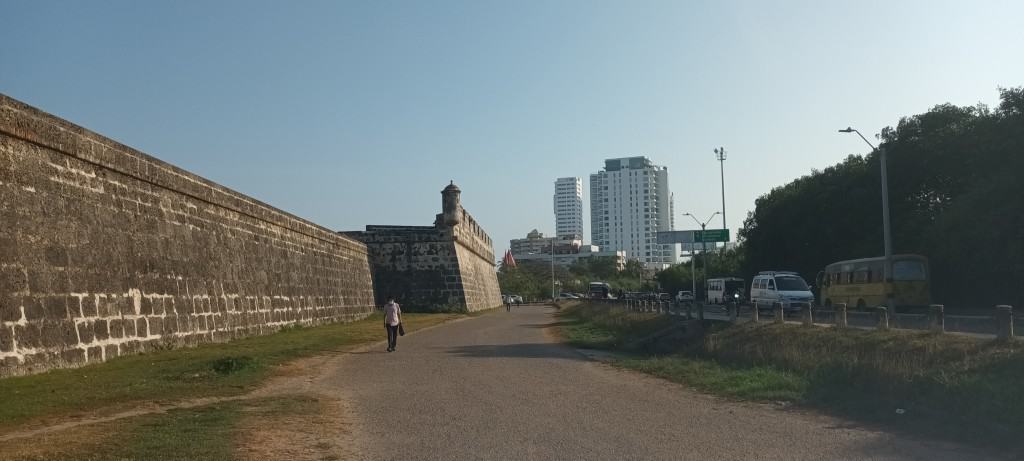
Walled city
Colombia’s Cartagena de Indias is a city within a city. Encircled by seven miles of walls – built by the Spanish to protect their stolen loot from other thieves, the English, Dutch and French pirates prowling the Caribbean Sea – it feels like a separate entity from the low-rise sprawl to the east or the skyscraper-studded peninsula of Bocagrande to the south.

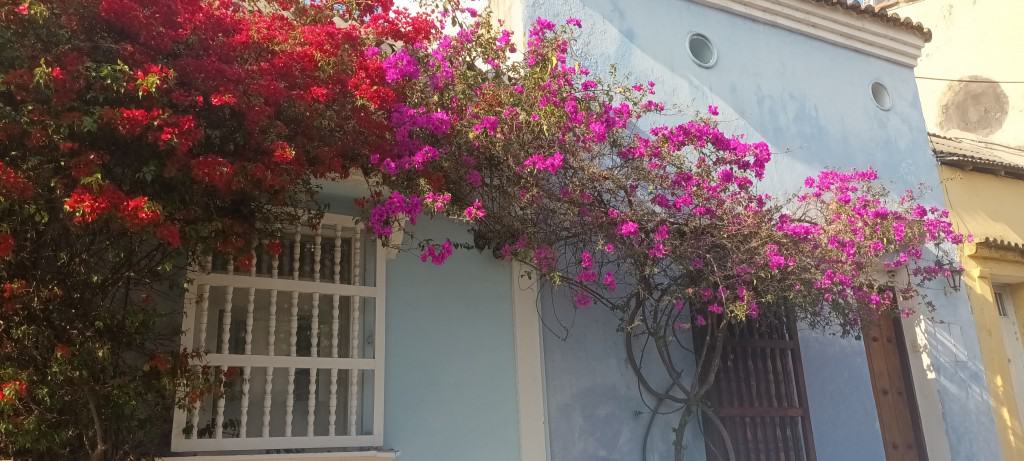
The colonial-era old town is absurdly colourful, a labyrinth of bright facades painted in yellows, purples, blues, oranges, pinks and greens, festooned with bougainvillaea and flowering tropical vines. Plazas shaded by ficus trees with roots that drip like tentacles provide habitat for chattering flocks, a reminder that there are more bird species here than anywhere else in the world.
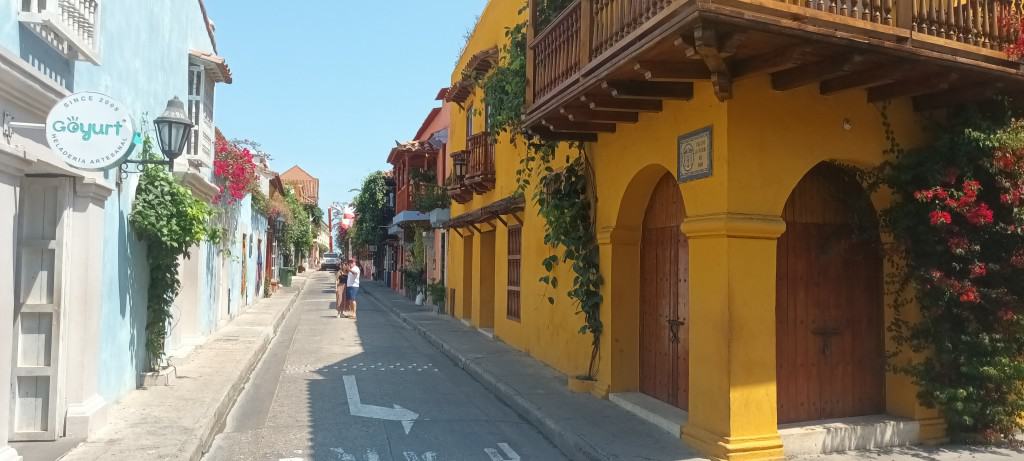
The pirate fleets might have gone, but Cartagena’s walls still protect wealth: five-star hotels, exclusive restaurants and emerald stores abound, and the city is a popular destination for lavish weddings. Stepping outside this citadel reveals another side of Colombia, a country that is still emerging from decades of civil war, guerilla insurgency and right-wing paramilitary violence, funded by kidnapping and industrial-scale cocaine production. Security is improved these days, but my journey will lead towards a region where paramilitary groups are still active, and eco-activists and land reform campaigners have recently been murdered there. Travel insurance from battleface is a reassurance as I journey on.

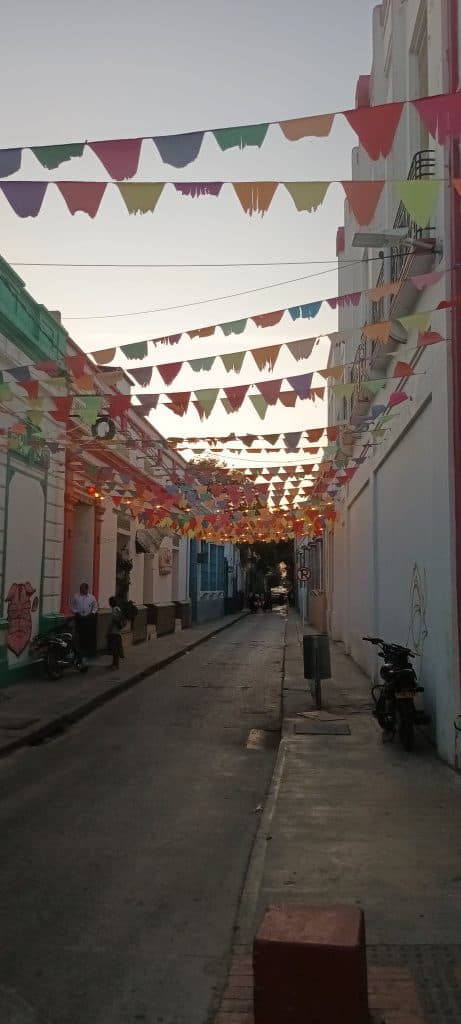
Santa Marta
Four hours’ bus ride up the coast is Santa Marta, another colonial city – in fact, the Spanish Empire’s first city in South America – but one that is less cutely preserved, with crumbling walls and a soothing sense of decay. This is the place where the conquistador Rodrigo de Bastidas announced his promulgation of conquest to the Indigenous Tairona – a civilisation of farmers and goldsmiths who had occupied the coast for the previous thousand years.
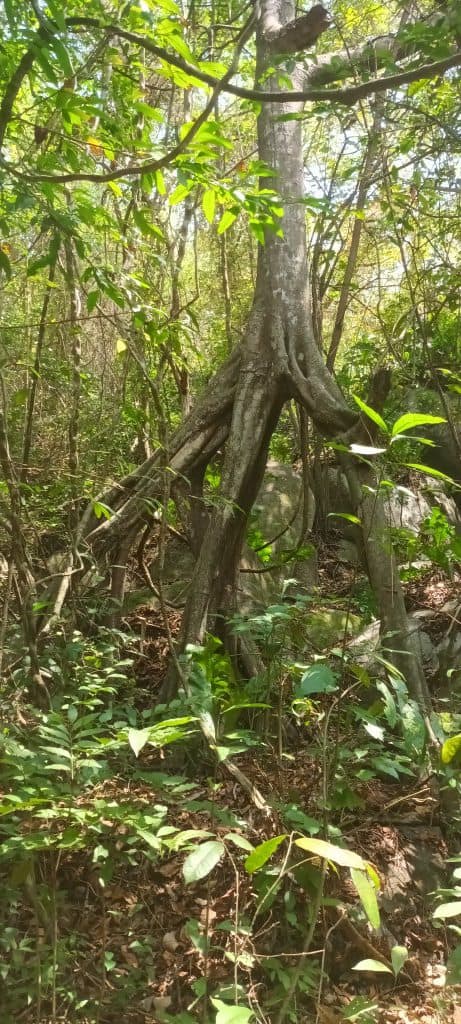
Tayrona National Natural Park
Their name lives on in Tayrona National Natural Park, which falls within Santa Marta’s jurisdiction but feels many worlds away. It is here, away from the blare of car horns and the stink of diesel fumes, that I feel I have finally arrived. Around 60 square miles of tropical forest, pristine coastline and rugged hills, the reserve harbours hundreds of mammal species including three-toed sloths, oncillas, mantled howler monkeys and endangered cotton-top tamarins, as well as over 770 species of trees and plants. A boardwalk trail leads through jungle to the white sand beaches of the Caribbean coast, where coral reefs create calm lagoons that are perfect for swimming.
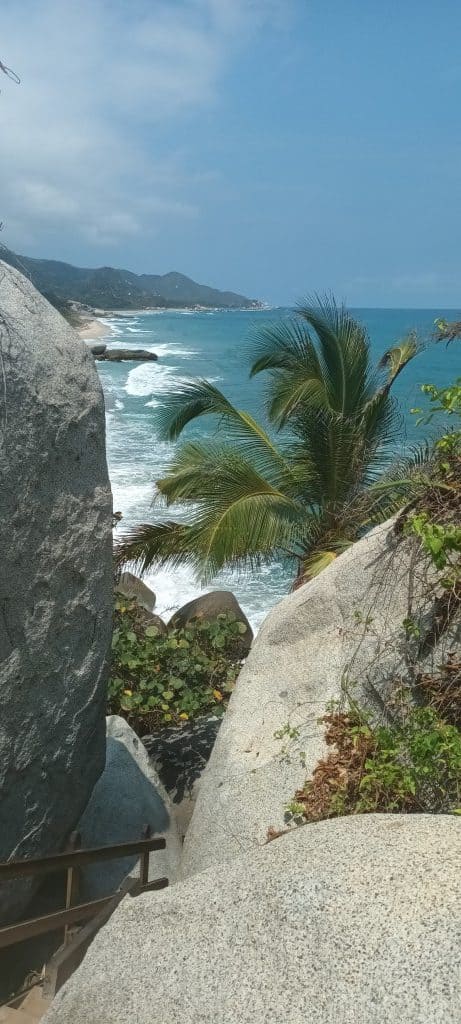
The Heart of the World
And it is by swimming out from the beach, and looking back towards the land, that I see the last piece of the ecological puzzle. Far above this tropical coast is the seemingly impossible sight of snow-capped mountains: the Sierra Nevada de Santa Marta. The highest coastal mountain range in the world and one of the most biodiverse places on the planet, with ecosystems ranging from montane forest to highlands and glaciers, these 5,000-metre-high peaks harbour the modern descendents of the Tairona people.
For the last 500 years, four distinct but related cultures – the Kogi, the Wiwa, the Arhuaco and the Kangwama – have maintained their way of life against genocidal invasion, protecting an ancient cosmology and the sacred mountain they call the Heart of the World. They see themselves as the ‘Elder Brothers’, whose actions are responsible for preserving the ecological balance of the planet – while the ‘Younger Brothers’ around them engage in incomprehensible destruction.
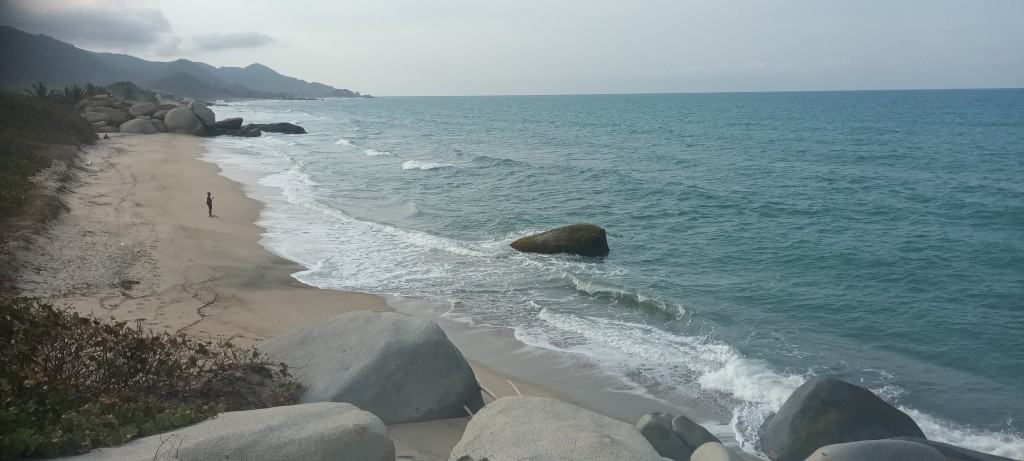
For now, this is where my journey ends. I have meetings scheduled with Kogi spokespeople in Santa Marta and the nearby town of Palomino, but Younger Brothers – for very good reasons – are not welcome in the high sierra unless by special invitation. And that is how it should be. I am content to see the Heart of the World from a respectful distance: an uncolonised island within sight of Spain’s first conquest.
All images © Nick Hunt. All rights reserved.
About Nick Hunt









